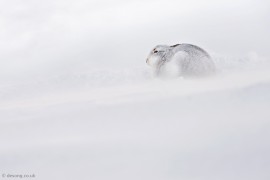
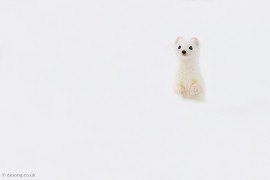
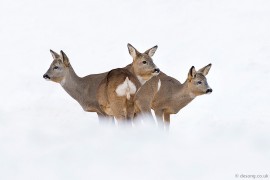
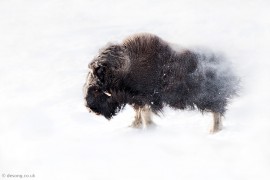
Another post by Des Ong (website | Facebook | Instagram) with some amazing pictures from the Scottish Highlands and Norwegian Mountain range (see also his previous articles here and here.):
As a professional wildlife photographer, mid winter to early spring involves a lot of travel for personal projects and leading photo tours. The working conditions vary tremendously. This year for example, the temperature range that I was exposed to varied between -20°C to +35°C (-4 to +95°F) within a few weeks. Needless to say that equipment reliability is very important to me in such extremes.
My first winter journey began in the Scottish Highlands. My intention this year was to record a few subjects that reside in this northern part of Britain, namely the Mountain Hares, Crested Tits and Ptamigans. With the help of a good friend living nearby, I was able to photograph two of the three I set out to achieve. We did search for the Ptamigans, which can only be found at certain altitudes, but the road to the best location was closed due to severe weather conditions.
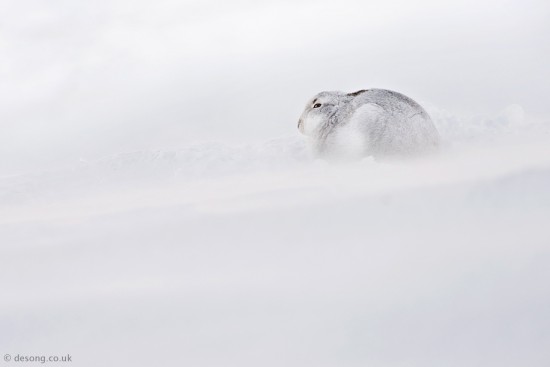
Nikon D810, 80-400mm f4.5-5.6 AF-S VR, ISO800, f8, 1/1250th sec., handheld.
I love working in the white, snowy landscape. The minimal, surrealistic image always carries an element of something magical about it.
I brought two lenses with me in this particular trip, my old trusty 500mm f4 AF-S II (no VR), and the current 80-400mm f4.5-5.6 AF-S VR, with the D810 as a main body.
Naturally, the telephoto prime was the lens of choice working with the fast moving, diminutive Crested Tit. The larger aperture was also very useful as we were working inside woodlands. When the sun was out, I could employ the TC-14E II teleconverter to give me the extra reach. When it was cloudy, I could switch to the various crop modes in the D810.
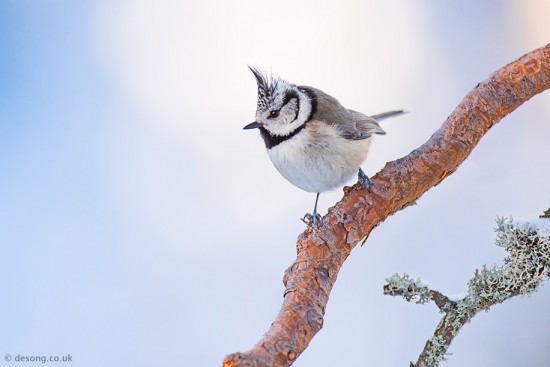
Nikon D810, 500mm f4 AF-S II, ISO800, f5, 1/1000th sec., tripod.
You may be wondering why I choose to crop in-camera as opposed to at post. There are two reasons, one logical while the other less so. In crop modes I gain in frame rates. Sometimes, 5fps just don’t cut it. The other reason is that I’m used to framing my subject exactly how I want it. Coming from 12MP with D3s, I have always worked hard in the past to preserve all the pixels, in order to meet the requirements of my photo agencies. So the latter stems from old habits. Participants of my workshops are often surprised at the final results of their images, as most are so used to heavy cropping afterwards.
There is not a lot to say with this combo as they really do produce consistently clean and sharp captures. It can be a little tricky in the confines of a snow covered woodland floor with a tripod supporting such a heavy set-up, however, and the bird never stays put for more than a few fleeting seconds. But as with all wildlife pursuits, persistence always pays dividends.
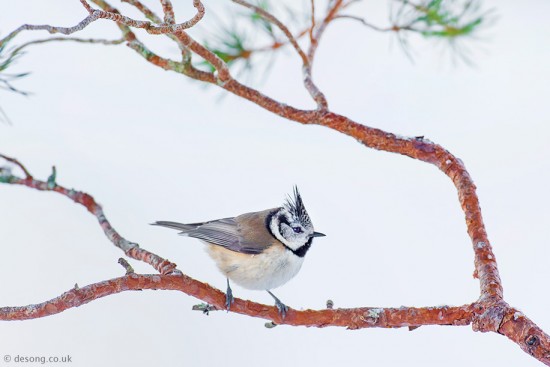
Nikon D810, 500mm f4 AF-S II, ISO1250, f6.3, 1/800th sec., tripod.
Working with the timid Mountain Hares is very different. Here, we are out in the open. With the birds, you can predict their preferred landing branch. Not so with the hares as they could venture anywhere.
Locating them was not difficult, but getting close is always a test of patience and can involve physical work. As such, my chosen lens was the shorter but immensely versatile 80-400mm telephoto-zoom. While adequate, this lens is not as sharp as my long prime on the D810. No surprise there! This is especially apparent when used wide open. With the 500mm, I’m happy to shoot at f4.
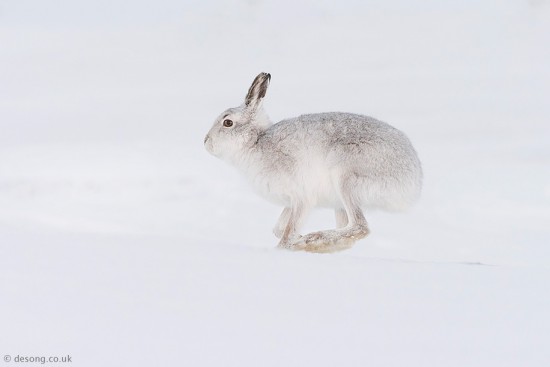
Nikon D810, 80-400mm f4.5-5.6 AF-S VR, ISO1250, f8, 1/2500th sec., handheld.
I’ve always said that no equipment is perfect; it’s a matter of which compromise you’re able to live with. In this case, I chose the zoom because of its versatility and portability. Mountain Hares can move very quickly within a short space of time. In a mountain terrain, lugging clumsy and heavy equipment will not only slow you down, it will wear you out. With the compact zoom, I was able to follow them without any real problem. At the same time, I was also able to create a variety of images by simply zooming in and out.
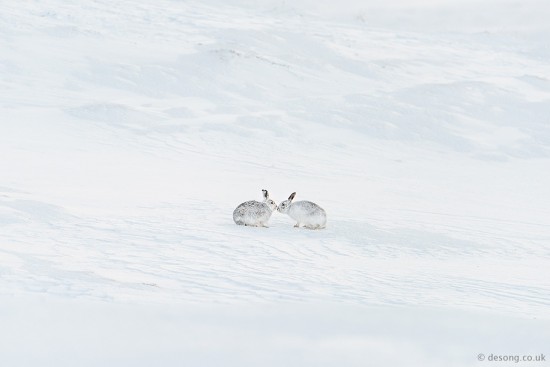
Nikon D810, 80-400mm f4.5-5.6 AF-S VR, ISO800, f6.3, 1/1600th sec., handheld.
Within days of finishing in the Highlands, I was heading out again. Travelling much further north, to the even more impressive Norwegian Mountain range, the Dovrefjell. Unlike my Scottish trip, this time I was leading a photo tour. Our target subject was the mighty Musk Ox. Norway is the only country in Europe that has these pre-historic bovine roaming wild in their natural habitat.
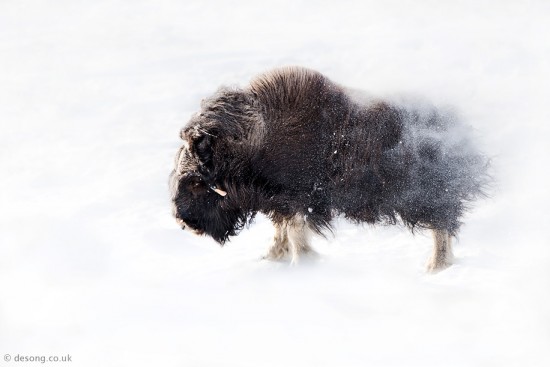
Nikon D810, 500mm f4 AF-S II, ISO400, f5.6, 1/1600th sec., handheld.
I arrived several days before my clients, as I wanted to record other wildlife in this region. With the help of an experienced guide, we climbed to great altitude in search of Reindeer and Arctic Fox, where the conditions are much colder, as well as working in the milder lowlands for other mammals such as Moose and Roe Deer.
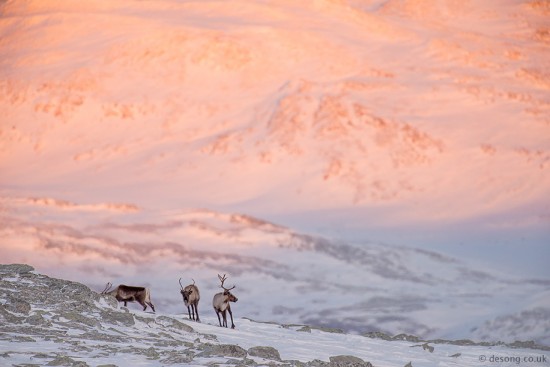
Nikon D810, 500mm f4 AF-S II, ISO1600, f5.6, 1/1000th sec., handheld.
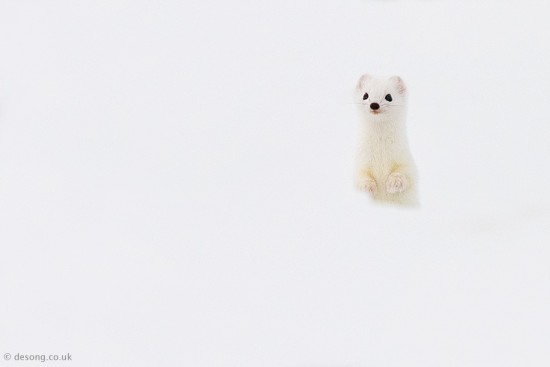
Nikon D810, 500mm f4 AF-S II, ISO6400, f4, 1/100th sec., tripod.
In addition to the aforementioned two Nikkors, I brought an additional lens with me on this trip, in the form of the Tamron 28-75mm f2.8. This is the older version without VC and built-in motor. It is not only a sharp lens, it is also very light and compact. The Nikon 24-70mm f2.8 is no doubt a better performer, but it’s much larger and is almost twice as heavy. I have not tried the newer Tamron equivalent but the reviews suggest that it’s a worthy contender, and is slightly lighter than the Nikon.
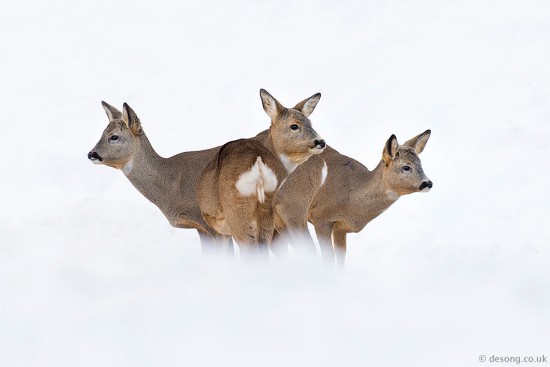
Nikon D810, 500mm f4 AF-S II, ISO400, f5.6, 1/1600th sec., tripod.
The wide zoom is essential in this wonderful landscape. With large subjects like Musk Ox and Reindeer, you can take in the grand vista whilst keeping the subjects visible. In this instance, I made some large 8 to 10 frames stitched panoramas. With the help of a high-resolution camera like the D810, you can print pretty large with all the critical details.
All the equipment I used in these cold climes performed amicably. Even the batteries held their charges longer than expected despite camping atop the frozen mountains. Enveloping the camera and lens during long waits helped protect them from the worst of the elements. Changing lenses in snowdrifts did present a challenge however. It is crucial that ice and snow do not settle between the electrical contacts.
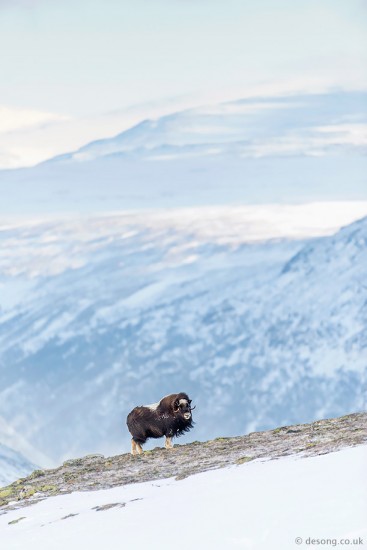
Nikon D810, 500mm f4 AF-S II, ISO800, f4, 1/400th sec., tripod.
In the next installment, we will travel to the other side of the world, where the humid tropical climates present a different set of challenge to man and gear.
You can see more of my work on my website: www.desong.co.uk or follow some of my recent projects on Facebook: www.facebook.com/DesOngPhotography.
My previous two exclusive articles for Nikon Rumors are here and here.
If you have an interesting idea for a guest post, you can contact me here.




